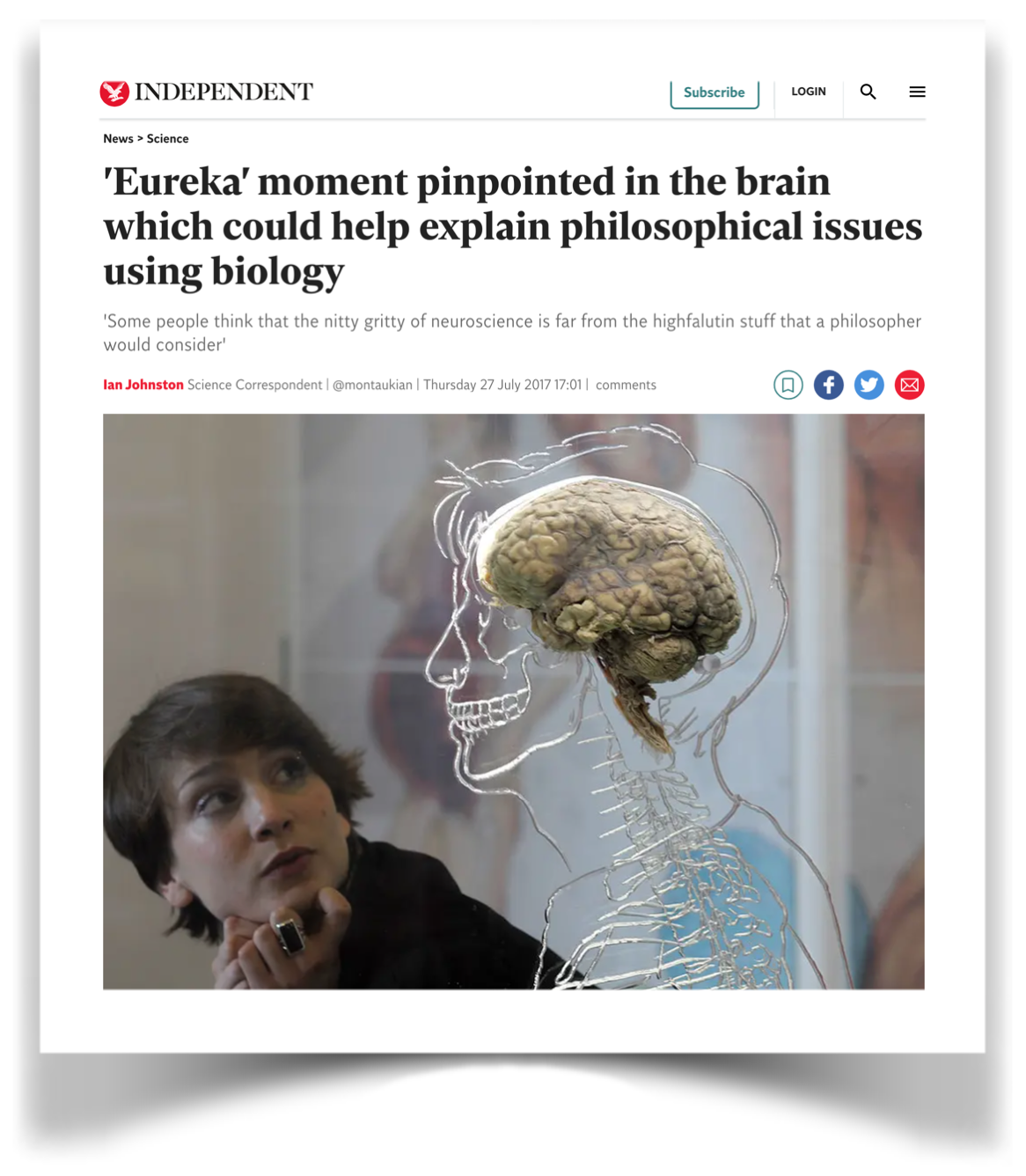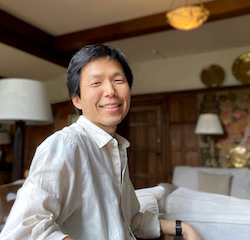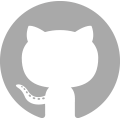my lab’s homepage, yulkanglab.org, is now live!
I am a computational cognitive neuroscientist studying the role of uncertainty in navigation, learning, and decision-making. Uncertainty has been largely ignored in studies of navigation, presumably due to the complexity of the setup. I bring my experience in studies of decision-making, where uncertainty is well characterised, into the studies of spatial and non-spatial navigation. I analyse data from experimental collaborators and from the literature, and perform behavioural experiments myself. In doing so, I have tackled the complexity of the navigation task with tools from physics, machine learning, and robotics. With excellent collaborators (below), I showed that:
- Spatial navigation: grid fields (often called a “ruler in the brain”), which were thought to “deform” depending on the geometry of the environment, in fact represent uncertainty about the animal’s own location (Cosyne 2020 Presenters Travel Award; Bernstein 2021 Contributed Talk: video below). Here I developed:
- a normative theory that jointly predicts the deformation in the neural representation as well as bias and variability in homing behavior.
- an ideal observer model that takes as input the video from the 1st-person perspective and egocentric motion, and outputs the posterior belief over the agent’s allocentric location, which allows it to be applied to any setup without handcrafted features, as demonstrated by my re-analysis of historic results.

Preprint: https://doi.org/10.1101/2023.01.30.526278
- Episodic memory: memory of a unique episode is retained with a graded sense of uncertainty, which has not been considered quantitatively in the domain of episodic memory. I showed that not only is this uncertainty used in causal inference, as reflected in explicit choices, but also betrayed by gazes even after accounting for the explicit choices (CCN 2019).
- Dual-task: two decisions about one object cannot be made simultaneously; they are made one by one, and evidence for each accumulates in an interleaved fashion. I showed this by developing novel behavioral tasks & efficient drift-diffusion models, which fit the joint distribution of choices & reaction times (2021 eLife; Excellent Poster Award: Korean Association for Computational Neuroscience; Cosyne 2021 Contributed Talk).
- Conscious awareness: people become aware that they reached a decision when evidence for the decision is accumulated up to a threshold, which I showed by developing a novel behavioral task & analysis to predict & cross-validate the accuracy of the decision given the timing of the awareness using drift-diffusion models (2017 Current Biology; News piece in the Independent).

When inspiration calls, I like making artworks, in and outside science.
Education & Professional Appointments
- Assistant Professor (2023-), Department of Bio and Brain Engineering, Korea Advanced Institute of Science and Technology
- Lecturer (2022-2023), Department of Biological and Experimental Psychology, Queen Mary University of London
- Junior Research Fellow (2019-2022), Wolfson College, University of Cambridge
- Postdoc (2018-2022), Computational and Biological Learning Lab, Department of Engineering, University of Cambridge (Máté Lengyel group)
- PhD in Neuroscience (2018) focusing on decision-making models, Columbia University (Michael Shadlen lab; Supported by the Vision Training Grant from the NEI)
- MD, Seoul National University, South Korea
- Summer/Winter Schools for International Olympiad in Informatics, South Korea
Collaborators
- Máté Lengyel (University of Cambridge)
- Daniel Wolpert (Columbia University)
- Michael Shadlen (Columbia University)
- Guillaume Hennequin (University of Cambridge)
- Gergely Csibra (Central European University & Birkbeck University of London)
- György Buzsáki (NYU)
- Dora Angelaki (NYU)
- Guifen Chen (QMUL)
- Hugo Spiers (UCL)
2023 (c) Yul HR Kang.


